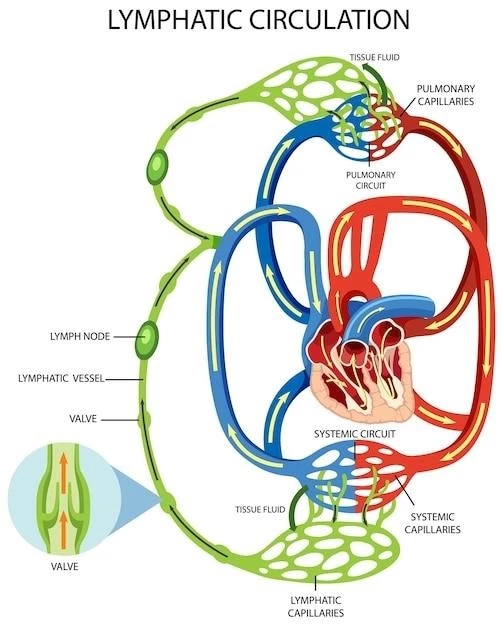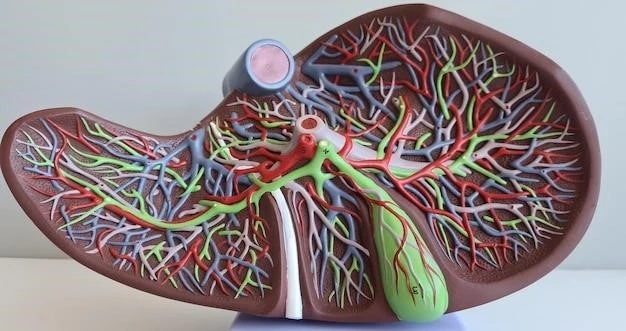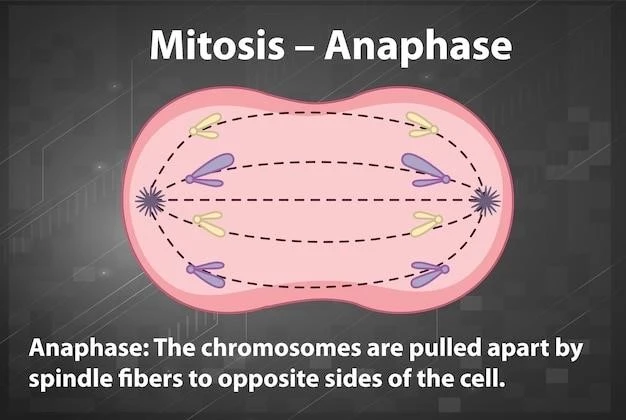Introduction to Metaphyseal Chondrodysplasia Schmid Type
This section serves as an introduction to Metaphyseal Chondrodysplasia Schmid Type‚ a rare inherited disorder characterized by short stature‚ abnormally short limbs‚ and bowed legs. Learn more about its clinical and radiographic features.
Metaphyseal Chondrodysplasia Schmid Type is a very rare inherited disorder characterized by short stature with abnormally short arms and legs (short-limbed dwarfism) and bowed legs (genu varum). This condition typically manifests in early childhood with short limbs‚ waddling gait‚ and radiographic evidence of metaphyseal abnormalities in the long bones. The genetic basis of this disorder often involves mutations in the COL10A1 gene‚ resulting in disrupted collagen production.
Individuals with this condition may exhibit features such as widened growth plates‚ bowing of long bones‚ and distinctive radiological findings. It is crucial to consider Metaphyseal Chondrodysplasia Schmid Type when evaluating patients with short stature and skeletal abnormalities‚ as early diagnosis and management can help optimize outcomes and improve quality of life.
Description and Characteristics
Metaphyseal Chondrodysplasia Schmid Type is a rare genetic disorder characterized by short stature‚ short limbs‚ bowed legs‚ and metaphyseal abnormalities in long bones. It often presents in early childhood with distinctive radiographic features indicative of disrupted collagen production. Diagnosis involves recognizing these clinical manifestations and performing appropriate imaging studies. Early detection is key for managing this condition effectively.
Symptoms and Presentation
Metaphyseal Chondrodysplasia Schmid Type presents with distinctive symptoms including short stature‚ short limbs‚ bowed legs‚ and metaphyseal irregularities in long bones. Children may exhibit a waddling gait and show radiographic evidence of abnormal collagen production. Other features can include widened growth plates‚ genu varum‚ and distinct skeletal abnormalities. Early recognition of these clinical manifestations is crucial for prompt diagnosis and management.
Metaphyseal Chondrodysplasia Schmid Type is primarily caused by mutations in the COL10A1 gene‚ leading to disruptions in collagen production and subsequent skeletal abnormalities. Understanding the genetic basis of this condition is crucial for diagnosing and managing individuals affected by this rare disorder.
COL10A1 Gene Mutation
Metaphyseal Chondrodysplasia Schmid Type is primarily caused by mutations in the COL10A1 gene‚ leading to disruptions in collagen production and subsequent skeletal abnormalities. Understanding the genetic basis of this condition is crucial for diagnosing and managing individuals affected by this rare disorder.

Management and Treatment Strategies
Effective management of Metaphyseal Chondrodysplasia Schmid Type involves a multidisciplinary approach to address its diverse symptoms and impact on quality of life. Treatment strategies may include physical therapy‚ orthopedic interventions‚ and genetic counseling. Regular monitoring and individualized care plans are essential for optimizing outcomes and ensuring the well-being of individuals living with this rare genetic disorder.
Therapeutic Approaches
Management of Metaphyseal Chondrodysplasia Schmid Type involves a multidisciplinary approach‚ with treatment strategies focusing on addressing the diverse symptoms and skeletal abnormalities associated with the disorder. Therapeutic interventions may include physical therapy to improve mobility and strength‚ orthopedic interventions such as corrective surgeries for bone deformities‚ and genetic counseling for families. Regular follow-up appointments and monitoring are essential to track progress and make necessary adjustments to the treatment plan.

Prognosis and Outlook
Understanding the prognosis of Metaphyseal Chondrodysplasia Schmid Type is essential for individuals and their families. While the condition can impact various aspects of life‚ early diagnosis and comprehensive management can help improve outcomes and quality of life. Regular follow-ups‚ personalized treatment plans‚ and ongoing support from healthcare providers are crucial in managing the long-term effects of this rare genetic disorder.
Long-Term Effects and Follow-Up
Metaphyseal Chondrodysplasia Schmid Type can have lasting effects on an individual’s skeletal health and overall well-being. Regular follow-up appointments with healthcare providers are essential to monitor growth‚ assess bone development‚ and address any emerging issues promptly. Long-term management strategies may involve ongoing physical therapy‚ orthopedic interventions‚ and genetic counseling to ensure optimal care and quality of life for patients with this rare genetic disorder.
